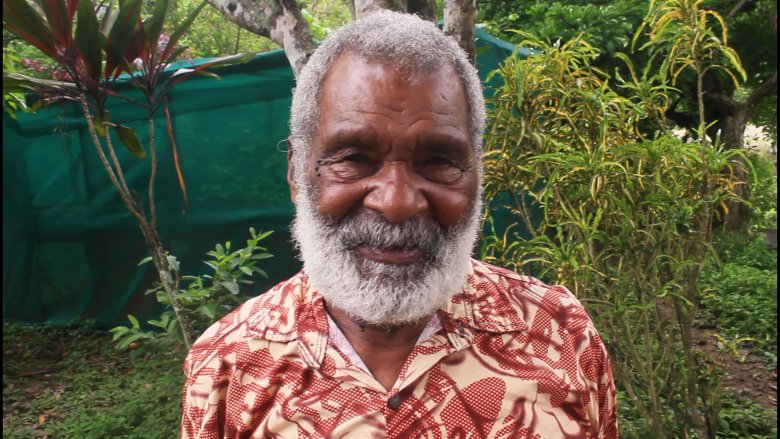For Fiji’s Emalu people, the cicada is part of the biodiversity of the forest and a symbol of the tribe. The insect, known locally as Nanai, spends much of its life dormant in trees, emerging in eight-year cycles. It is a “very precious living creature to my people,” says Tribal Chief Lemeki Toutou. “It’s also a staple food for our community.”
The Emalu are among the Indigenous Peoples around the world playing a key role in the conservation of forests and biodiversity. On August 9, the United Nations International Day of the World’s Indigenous Peoples highlights the need to protect their rights, celebrate their unique and rich cultures, and recognize their achievements and contributions to preserving the world’s precious forest ecosystems.
About 36% of remaining intact forests are on Indigenous Peoples’ lands. Indigenous communities safeguard 80% of the world’s remaining biodiversity and forests on their land are better maintained, with a higher preserved biodiversity than those on non-Indigenous lands.
Indigenous stewardship of the forest has become increasingly critical amid accelerating forest loss and damage. It’s estimated that deforestation and degradation cause around 10% of global warming.
Yet Indigenous Peoples have often struggled to be heard.
In 2007, Indigenous Peoples organizations protested at the Conference of Parties in Bali against REDD+, an initiative to reduce deforestation and forest degradation created through international negotiations under the United Nations Framework Convention on Climate Change (UNFCCC). Indigenous Peoples felt that they did not have enough information on REDD+. They were worried it could disrupt their lives, affect their land rights, and disturb their forest ecosystems.
The following year, the Forest Carbon Partnership Facility (FCPF) was set up to advance REDD+. After listening to feedback from Indigenous Peoples (IPs) and local communities (LCs), the FCPF launched its Capacity Building Program for Indigenous Peoples and Civil Society in 2009 to engage these communities in REDD+ programs.
Bringing Indigenous Peoples Into Forest Discussions
Over the next 13 years, the program benefited more than 50 million people and brought IPs to the table for discussions that often directly impacted their land and livelihoods. It helped build recognition of IPs and LCs organizations in global, regional, and national decision-making spaces. The FCPF extended more than US$15 million in grants to more than 90 organizations in 37 countries that helped advance IPs’ access to, and decision-making over, the management of forest ecosystems and the use of results-based finance from forest conservation efforts.
Joseph Ole Simel, Executive Director of the Indigenous Peoples’ organization MPIDO in Kenya, says the program “empowered IPs and LCs participation in diverse fora and processes, not as observers but active participants who are engaging from an informed point of view.”
“The integration of Indigenous knowledge into various REDD+ processes enhanced the co-production of knowledge and encouraged the inter-generational transfer of the same,” said Simel.

